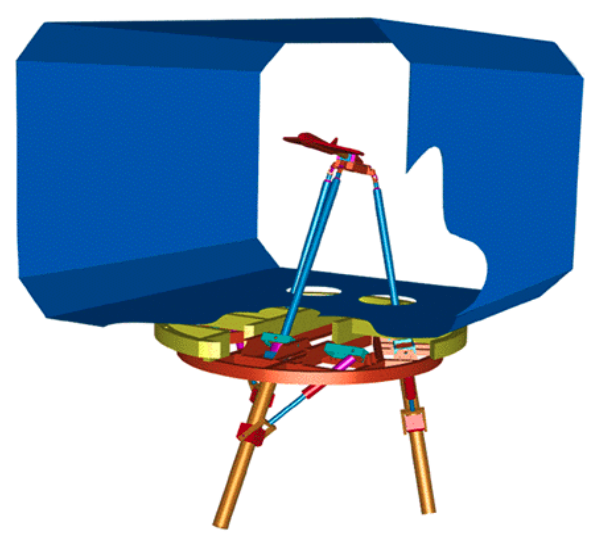-
Client
Confidential
-
Business need
Design a bespoke wind tunnel with dynamic actuation capability.
-
Why Frazer-Nash?
Frazer-Nash has extensive expertise in applying a varietyof mathematical modelling techniques to produce innovative and bespoke mechanical and structural design solutions.
The challenge
Although wind tunnel simulations have been used for many years to assess aerodynamic performance, large amplitude aircraft manoeuvres are difficult and time consuming to realistically replicate in these situations.
Motions are typically simplified into a series of tests where the angle of attack is adjusted between each test to obtain a set of performance figures. With this in mind, Frazer-Nash was challenged to design a solution that could dynamically simulate a complete manoeuvre or range or manoeuvres in one test.
Our solution
In theory, it was possible to provide large amplitude, six degree of freedom control of the aircraft in an existing wind tunnel structure. We developed a design utilising a hydraulically actuated “Stewart Platform” approach to manoeuvre the model dynamically during test.


